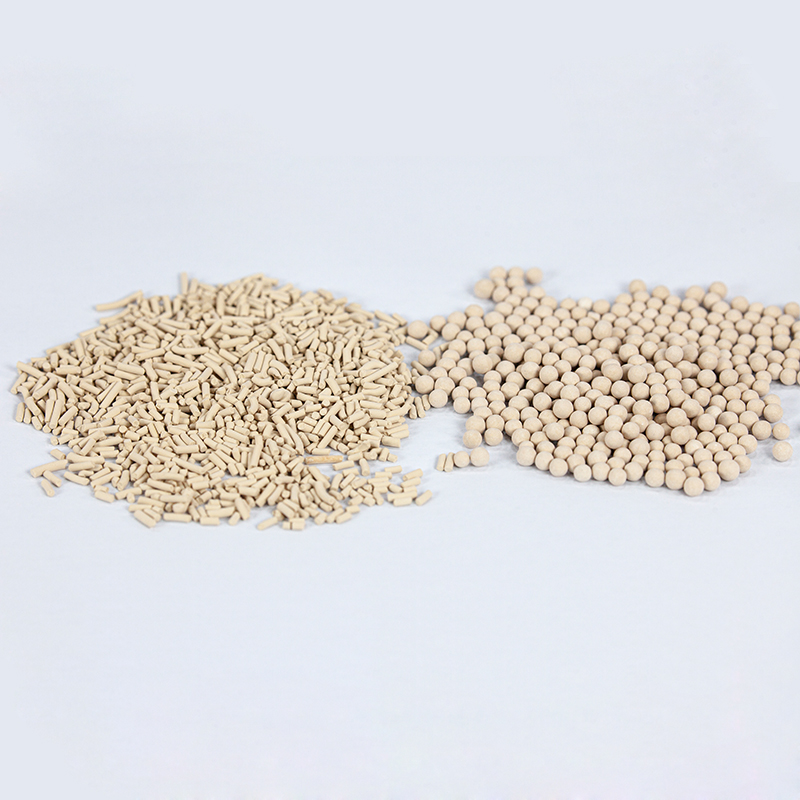How about the adsorption performance of 4A molecular sieve for H₂S? In order to solve the problem of H₂S odor pollution in landfills, We chooce low-cost raw coal gangue and kaolin were selected, made 4A molecular sieve with good adsorption and catalytic effect through hydrothermal method. The experiment mainly studied the effect of different calcination temperature and crystallization time on adsorption desulfurization performance.
The results show that the adsorption desulfurization performance of 4A molecular sieve prepared by kaolin is obviously better than that of coal gangue. The calcination temperature is 900℃, the crystallization temperature is 100℃, the crystallization time is 7h, and the ratio of material to liquid is 1:7. When the alkali concentration is 3mol/L, the desulfurization capacity can reach 95mg/g. X-ray diffraction analysis showed that there were obvious elemental sulfur characteristic peaks in the spectrum after adsorption by 4A molecular sieve, indicating that the product of 4A molecular sieve adsorption of H 2 S odorous gas was elemental sulfur.
The 4A molecular sieve in pressure swing adsorption is easy to be poisoned and lose its activity, causing the entire equipment to stop working. Molecular sieves account for a large proportion of the cost of PSA, and the cost savings of a complete set of molecular sieve PSA oxygen enrichment equipment is approximately equal to the cost of energy saving. In practical applications, pressure swing adsorption is an advanced technology, but the equipment is expensive, the molecular sieve has a short service life, and the equipment manufactured, Price equals profit savings, which makes molecular sieve pressure swing adsorption rare in practical applications.
The nitrogen-producing carbon molecules of the 4A molecular sieve pressure swing adsorption equipment are easily infected by water molecules, corrosive gases, acid gases, dust, oil molecules, etc., resulting in molecular inactivation. Most of this inactivation is irreversible. Re-activation can be done by flushing with fresh air and water if desired, but even re-activated carbon molecules tend to be less reactive and nitrogen-producing than the original, which is what we call of molecular sieve poisoning.
Post time: Jun-27-2022

